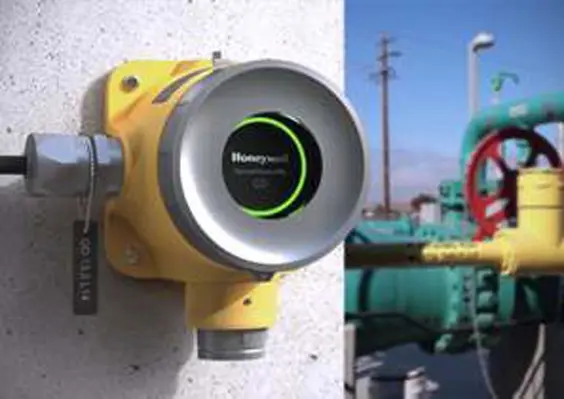Industrial Insights
Industrial Insights
- Details
- Louise Waters
- Training
- Topic: Training
- Date: 26 November, 2017
- Year: 2017
IOSH, the Institution of Occupational Safety and Health, launched a new business-focused qualification for safety and health professionals at its annual international conference in Birmingham, UK
- Details
- Kestell Duxbury
- News
- Topic: Events
- Date: 26 November, 2017
- Year: 2017
Here is a brief overview of the week’s news on Health Safety Security Review Middle East, from 19th - 23rd November
- Details
- Louise Waters
- Industrial
- Topic: Industrial
- Date: 23 November, 2017
- Year: 2017
The BAUER Group has been awarded the contract to expand the world’s biggest industrial constructed wetland in the Sultanate of Oman on behalf of Petroleum Development Oman (PDO)
- Details
- Deblina Roy
- Industrial
- Topic: Industrial
- Date: 23 November, 2017
- Year: 2017
There is uncertainty surrounding liability issues relating to unmanned ships when a vessel is involved in an incident due to cyber-attack, according to a new report from global law firm Clyde & Co and the Institute of Marine Engineering, Science & Technology (IMarEST)
- Details
- Louise Waters
- Industrial
- Topic: Industrial
- Date: 22 November, 2017
- Year: 2017
Honeywell has announced a new connected gas detector available in the Middle East
- Details
- Louise Waters
- Industrial
- Topic: Industrial
- Date: 22 November, 2017
- Year: 2017
The latest release of Phast, DNV GL’s software for process hazard analysis, brings in a new dispersion model that increases accuracy in predicting the movement of certain types of toxic clouds
- Details
- Deblina Roy
- Fire Safety
- Topic: Fire Safety
- Date: 21 November, 2017
- Year: 2017
Prysmian Group has supplied around 500km of FP fire resistant cables for the Louvre Abu Dhabi, aiming to ensure better operating condition for the emergency teams
- Details
- Deblina Roy
- Industrial
- Topic: Industrial
- Date: 21 November, 2017
- Year: 2017
Daman, the health insurance provider in the UAE, has partnered with NYU Abu Dhabi (NYUAD)’s Public Health Research Centre (PHRC), aiming to collaborate on broader promotion and support of the UAE healthy future study
- Details
- Deblina Roy
- Security
- Topic: Security
- Date: 20 November, 2017
- Year: 2017
PervasID, the RFID technology company, has announced a single source solution that aims to detect, read and monitor RFID tags with an expected accuracy rate of 99 per cent
- Details
- Kestell Duxbury
- Training
- Topic: Training
- Date: 19 November, 2017
- Year: 2017
This introductory-level qualification is suitable for employees at all levels, is now available in Arabic after increasing demand
- Details
- Kestell Duxbury
- News
- Topic: Events
- Date: 19 November, 2017
- Year: 2017
Here is a brief overview of the week’s news on Health Safety Security Review Middle East, from 12th - 16th November
- Details
- Deblina Roy
- Security
- Topic: Security
- Date: 16 November, 2017
- Year: 2017
Oil and gas industry is more open to the risk of cyber-threats in the Middle East, said the experts during ADIPEC 2017, noting that security in IT systems being critically important for oil and gas operations










